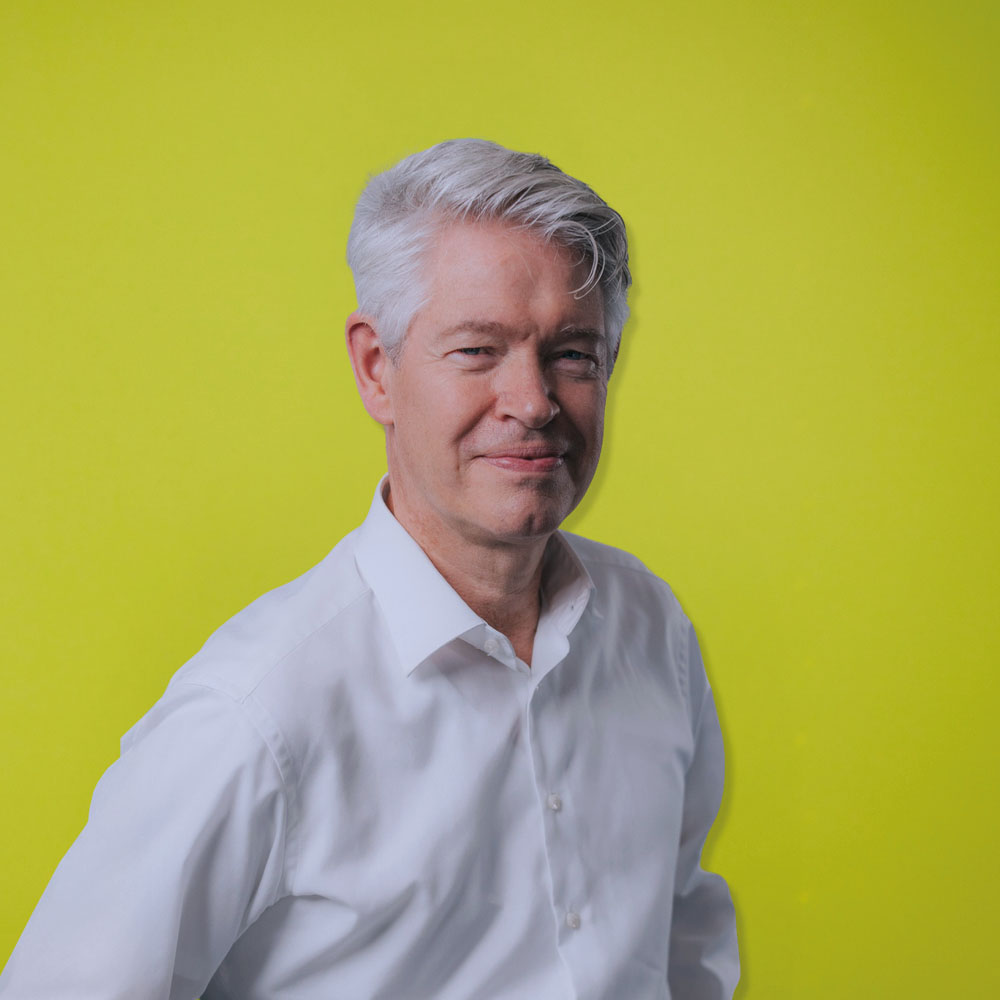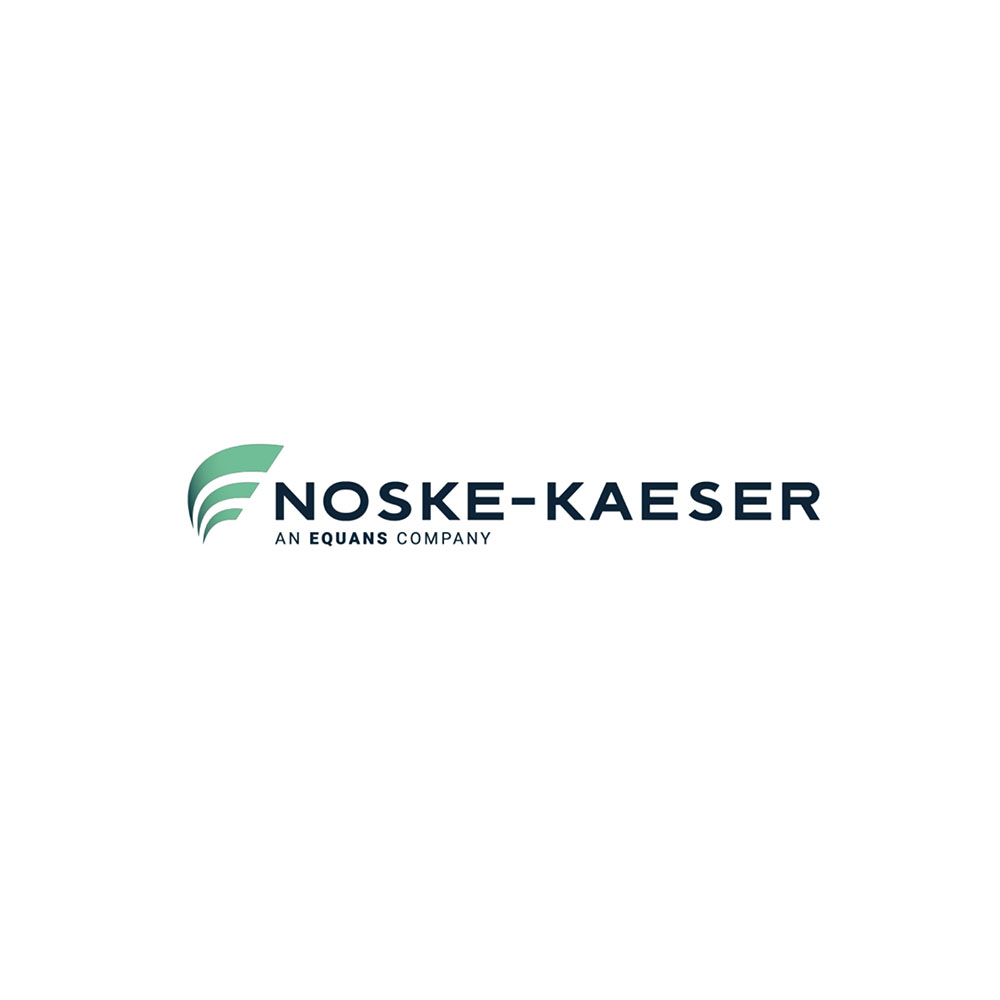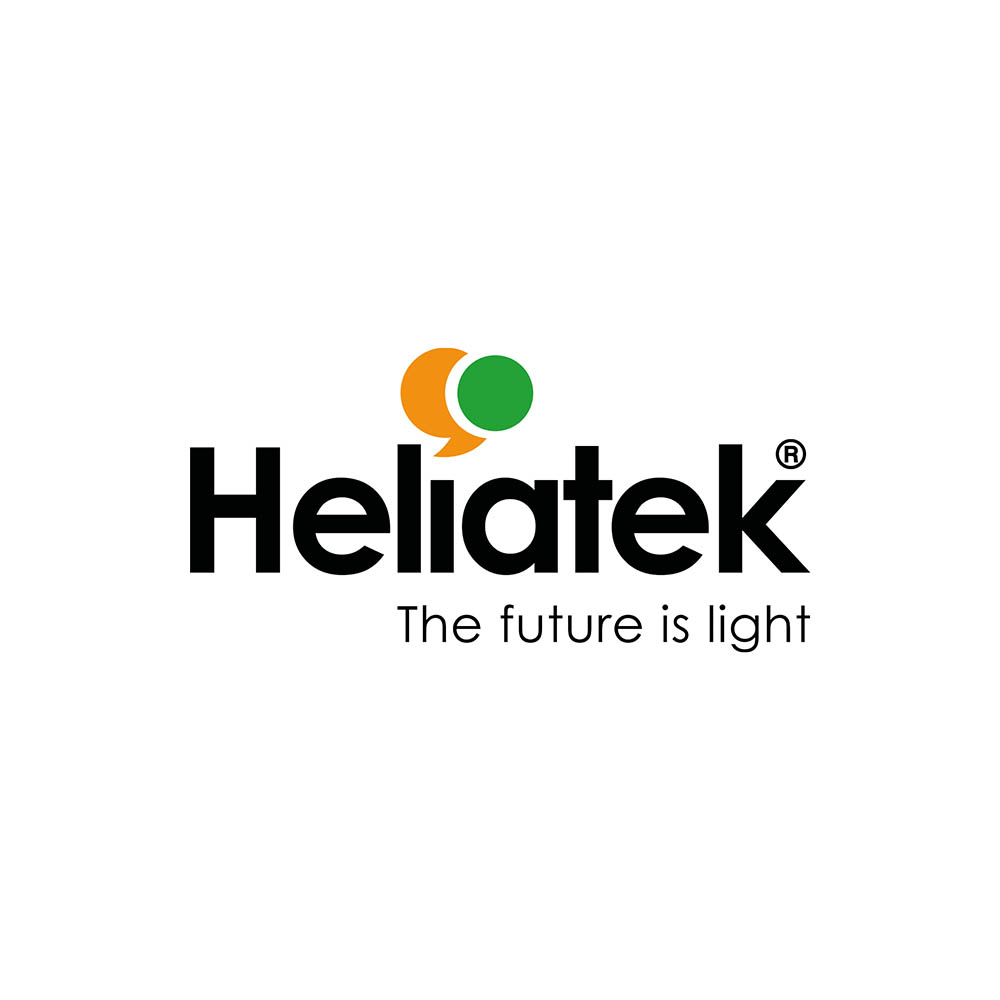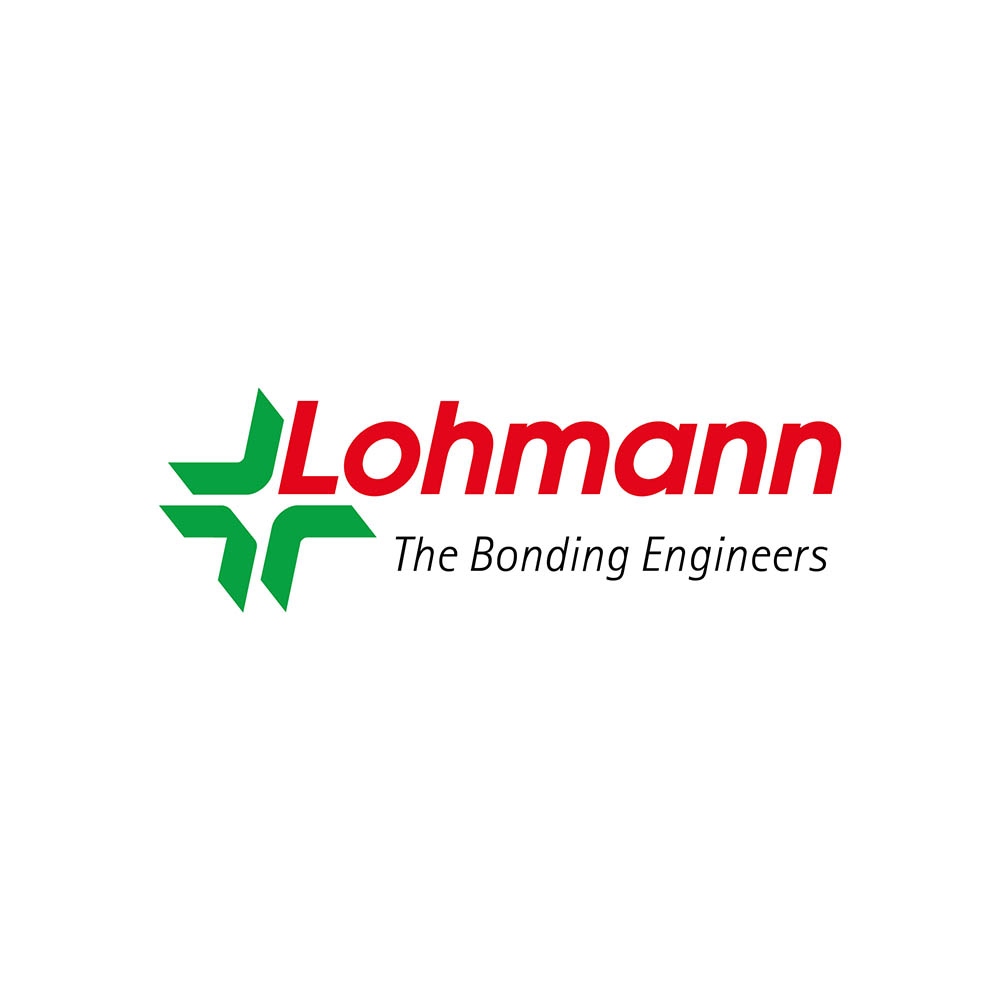SAP RoadmapSAP S/4HANA CloudSAP Implementation - GreenfieldSAP Industry SolutionsRISE with SAPGROW with SAPSAP for new customersSAP Central FinanceSAP Group ReportingSAP Analytics CloudSAP software for your supply chainSAP SuccessFactors HCMSAP EWMSAP Fiori app developmentSAP developmentSAP SecuritySAP Data TransformationSAP data migrationSAP AMSChange ManagementEducation Management
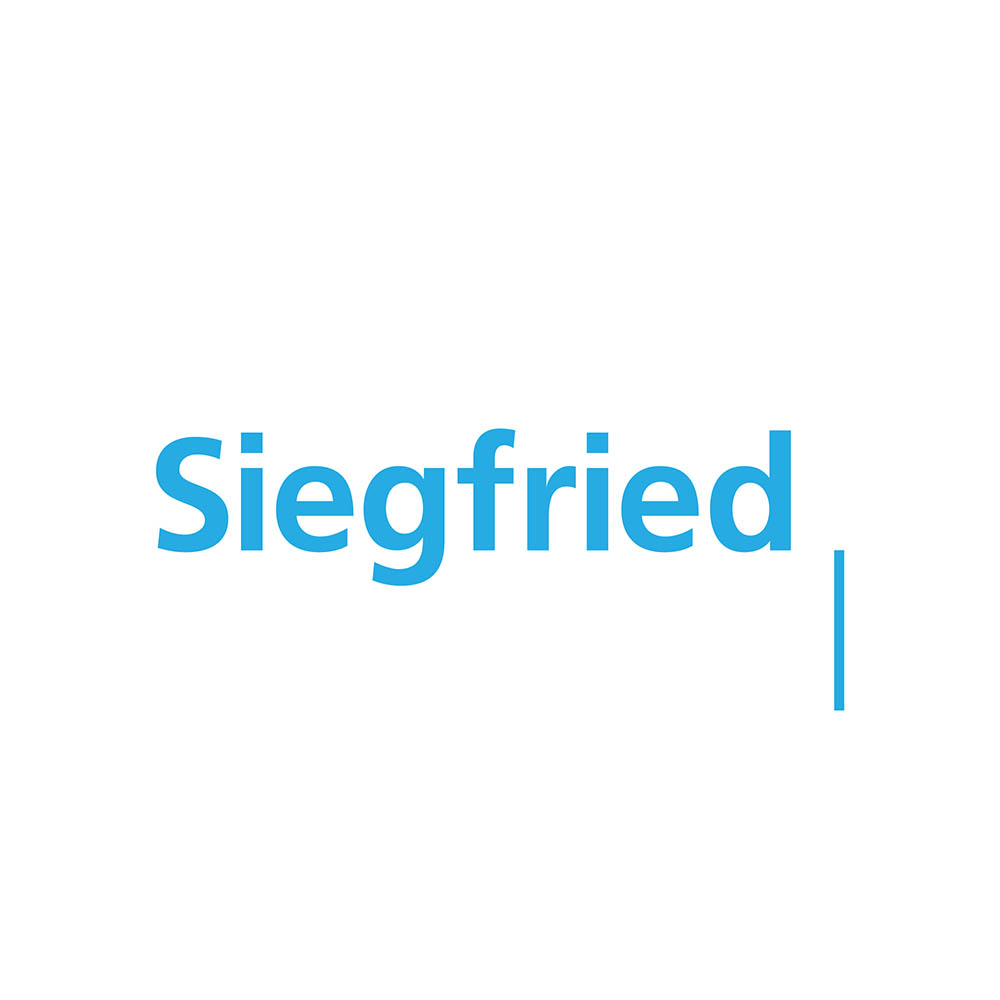
Greenfield cloud implementation in agile waves
Roadmap and Implementation of SAP S/4HANA Finance & Controlling in the Pharmaceutical Industry
When the opportunity presented itself, Siegfried rolled up its sleeves and got to work. Like so many other companies, the Swiss pharmaceutical supplier had been affected by supply bottlenecks and staff absences in different countries during the coronavirus pandemic.
Nevertheless, the Group still managed to build facilities for filling and packaging coronavirus vaccines for two vaccine manufacturers at its German site in Hamelin within a very short time – thus helping to make vaccines available worldwide from mid-2021.
“It’s projects like these that show how flexible and agile companies need to be today in order to grab opportunities as they arise and turn them into action,” says Dr. Christian Neubaur, CIO of Siegfried AG.
“In order to make our company even more flexible in the face of increasingly dynamic and volatile markets worldwide, to improve our planning capability, and to raise corporate management to the next level, we started and implemented a further project around the same time, namely a migration from the SAP ECC system we had been using to the new SAP S/4HANA software suite.”
Exploiting the full potential of SAP S/4HANA
Exploiting the full potential of SAP S/4HANA
After an initial information-gathering phase and analysis in 2019, the decision makers at Siegfried AG had opted to use a greenfield implementation approach for the switch to SAP S/4HANA. This would enable the company to derive the greatest possible benefit from the advantages of SAP S/4HANA, the SAP Best Practice standard, and the adaptation of business processes to a considerably expanded network of production sites.
The term “greenfield” describes an implementation strategy where a new SAP S/4HANA system is implemented from scratch with a focus on the preconfigured SAP standard processes known as SAP Best Practices.
Having made an initial decision regarding the direction it wanted to take, Siegfried first conducted a preliminary study to develop a roadmap. The company then commissioned several external project partners to design and build a global template for the period from September 2020 to April 2021, completed the first implementation in a Spanish company in August 2022, and then gradually rolled out SAP S/4HANA throughout the Group. Among other things, this strategy of implementation in agile waves reduces risk.
Before introducing SAP S/4HANA, the Group used a monolithic SAP ERP system for its core operational and administrative processes. The components used in the system included finance, controlling, purchasing and materials management, sales and distribution, and production. The company also used various peripheral systems that were integrated into this SAP ERP core.
Contemporary, cloud-based system architecture
Contemporary, cloud-based system architecture
“The strategic goal that we want to achieve with the changeover is clear,” says Dr. Neubaur. “With SAP S/4HANA, we are building a powerful and contemporary ERP system characterized by a state-of-the-art architecture. This will give us lasting flexibility and enable us to control, monitor, analyze, develop, and automate our business processes and workflows even better and faster in the future and will facilitate the integration of new locations.”
GAMBIT is one of multiple external implementation partners in the project and is responsible for the commercial processes, in other words, the entire SAP S/4HANA Finance & Controlling area. Within the framework of the project, the GAMBIT experts worked with the Siegfried team from September 2020 to design and test the global template and set up the commercial target processes from scratch.
As part of this “Explore” phase, they performed a fit-gap analysis and addressed various special topics and the processes that were required. A key success factor along the way was regular meetings with the entire management team in the SAP steering committee to identify and decide on crucial top issues.
Overall, the team defined 43 scope items (individual activatable units of SAP Best Practices) in order to achieve full process coverage for the group in Finance and Controlling.
SAP Solution Manager (SolMan) plays an essential role in the project, covering multiple tasks at once. It is used to document the entire project as well as for test management and transport management up until the respective go-live.
“The extremely stringent requirements for the validation of processes and systems demanded our special attention in every respect in this project and had to be managed together with Siegfried’s IT department until go-live,” says Holger Turanskyj, Senior Project Manager and head of the Business Process Management, Analytics and Controlling department at GAMBIT Consulting.
“In concrete terms, this means that instead of building and supplying a three-tier system landscape consisting of a Customizing, test, and production system as we usually would, we built a four-tier system landscape that could handle system and process validation in an additional system layer after the user acceptance test.”
Change of plan due to strategic acquisition in Spain
Change of plan due to strategic acquisition in Spain
However, taking the company’s exacting requirements into account was not the only challenge. For example, a specific, particularly well-suited Group company had initially been selected for the first implementation of SAP S/4HANA.
However, this changed with the strategic acquisition of no less than two production sites from Novartis on January 1, 2021: In a change to the initial plans, these two companies now had to be brought onto SAP S/4HANA and integrated first, even though the two organizations were still virtually unknown to everyone involved. One of the tasks, for example, was to transfer the Novartis costing structures to the new finance and controlling model.
“The GAMBIT team had to provide a lot of support. Collectively, we did an excellent job on the project, together with the project team, which at times included more than 100 internal and external people in Spain and Switzerland. And we accomplished the first go-live in August smoothly, on schedule, and with minimal impact on business and customers,” says Holger Turanskyj, summing up. “In my personal and professional opinion, this is a great project that has called for completely new ideas and solutions again and again.”
Architecture via distribution systems
Architecture via distribution systems
“The template and process architecture across distributed systems is something really special – and very exciting to implement,” says the GAMBIT project lead. The implementation program takes into account both the new SAP S/4HANA and existing SAP ECC systems during the transition phase with the rollout of additional companies.
For example, even after setting up the template for the Spanish company and moving to the system, there is still a lot of intercompany business with the Swiss company, which is still working with SAP ECC. “We therefore use iDocs for many processes, to ensure permanent and secure exchange between the systems.”
“SAP S/4HANA is helping us to make our Group fit for the future today and will enhance information sharing with our customers worldwide,” says Dr. Christian Neubaur, CIO of Siegfried AG. “GAMBIT has supported us with outstanding professionalism and expertise in all phases of the project so far, even though our requirements were not always that easy to fulfill. And for this I would like to thank the entire team!”

